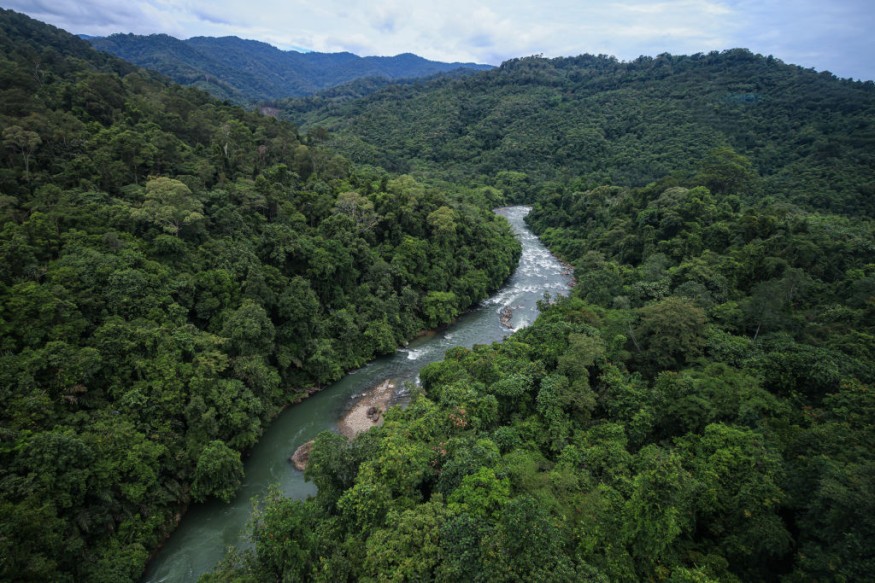
Researchers study for the first time fossilized leaves on Borneo, demonstrating the characteristics of dominant life form on Borneo and the entire Asian wet tropics - the dipterocarp trees.
Borneo, a home to almost 270 dipterocarp species, looks much as it would have been during the Pliocene Epoch some 2.6-5.3 million years ago, according to researchers. Upon studying fossil leaves there in details, it revealed an ancient forest that have thrived and fostered biodiversity in the island for 4 million years, as Science Alert reported.
With tropical Asian biodiversity currently under climate threat, the island plays a crucial role in supporting that biodiversity and this finding suggests a valuable ecosystem to protect for future generations to come.
Dominant Life Form in the Island
More than half the total of global species is made up by dipterocarps, one of the tallest trees in the world, growing up to heights of 100 meters (328 feet, the height of a 22-story building
Dipterocarps, the current dominant tree group in the nation of Brunei on the island of Borneo, has dominated the rainforests for at least four million years, according to an international research team led by Penn State in partnership with Universiti Brunei Darussalam.
"This is the first demonstration that the characteristic dominant life form of Borneo and the entire Asian wet tropics, the dipterocarp trees, was not only present but actually dominant," says paleobotanist Peter Wilf, professor of geosciences in the Penn State College Earth and Mineral Sciences and a co-funded faculty member in the Institutes of Energy and the Environment (IEE). "We found many more fossils of dipterocarps than any other plant group."
In spite being really tall, rock fossils of their leaves are difficult to find, because of the cover provided by the forests and their soils, Wilf said.
The findings, published in the journal PeerJ, suggest that the current landscape is similar to those 5.3 to 2.6 million years ago may provide additional justification for conservation of these forests that support many critically endangered species.
Foundation of Life for the Island's Flora and Fauna
Despite the the prevalence of logging activities, agricultural conversion of the land, climate change, and deforestation in the island of Borneo, it managed to preserve majority of its old-growth rainforests.
Past studies of the island's plant life generally involved fossil pollen. However, due to dipterocarp pollen decays prone to decay, there has been a suspicion that pollen studies haven't provided researchers the whole picture.
Here, the team found that rocks with many dipterocarp leaf fossils, combined with dipterocarp pollen, reveal an ancient world of mangroves, swamps, tropical lowland rainforests, and diverse fern undergrowth and climbing plants - an ancient ecosystem almost exactly like what is found in Brunei today.
"We're getting to actually seeing what the environment was like millions of years ago," says Wilf. "It was very much like what you can find there now, although those habitats have been cut down across much of tropical Asia."
According to Wilf, every paleontological discovery provides foundational support for setting up conservation areas and educating the public, among others. Now, around 89 percent of the Asian dipterocarp species have Near Threatened status, while 57 percent are labeled as Endangered, Critically Endangered, or Extinct.
Related article : Impressive Microbes Found to Thrive Despite Megafires and Wildfires
© 2025 NatureWorldNews.com All rights reserved. Do not reproduce without permission.





